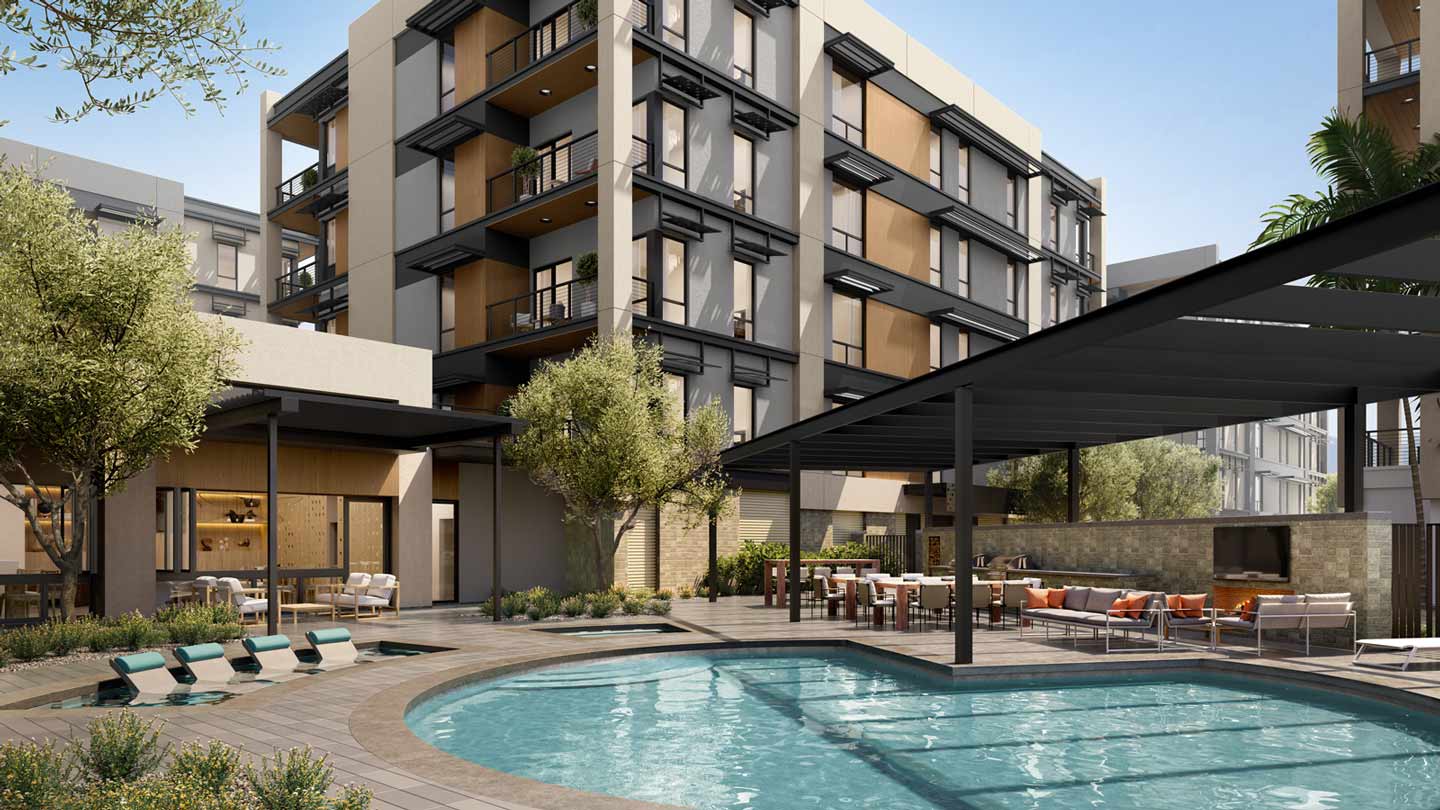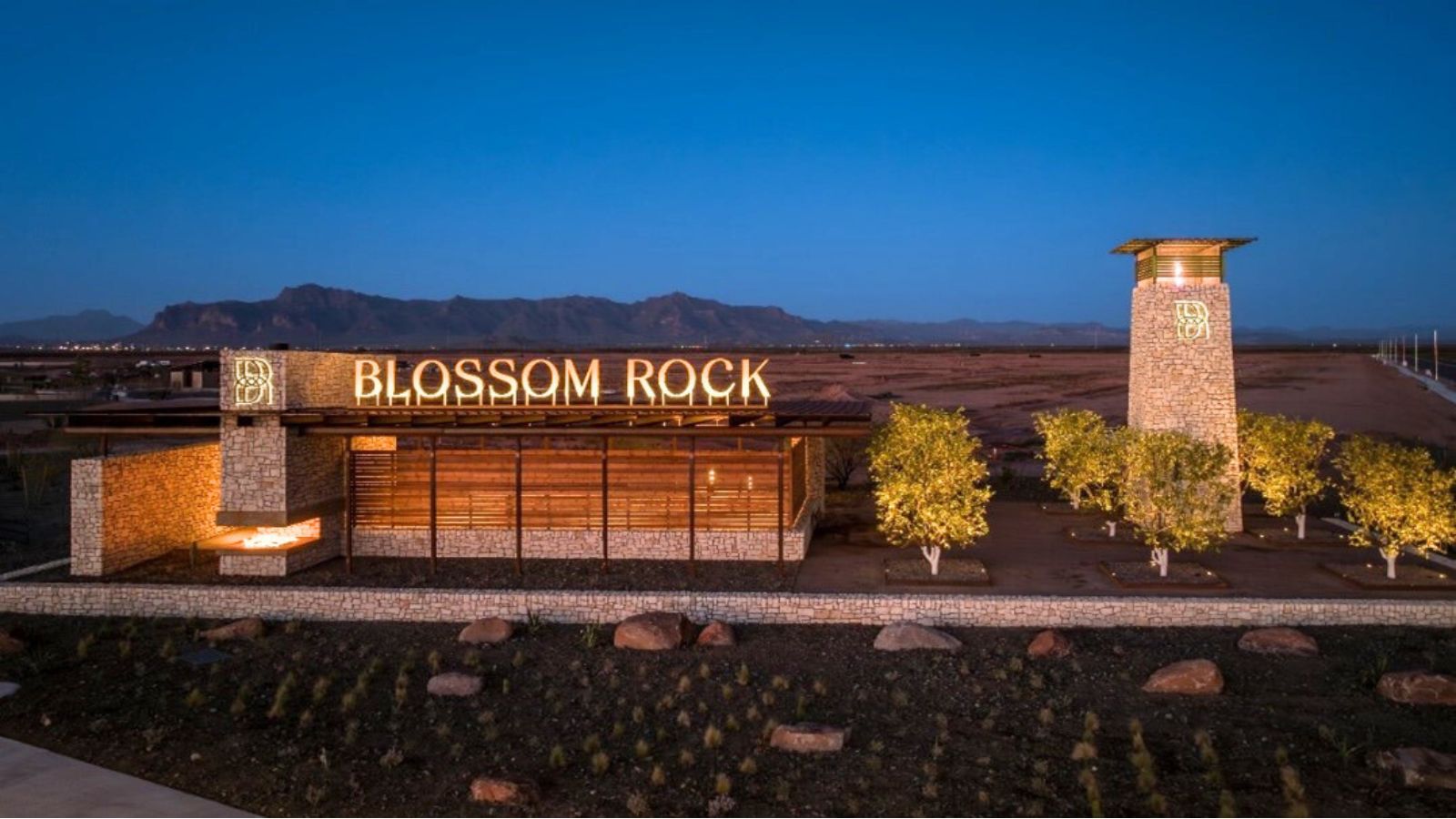Officials, advocates see community planning as key in obesity fight
Dec 11, 2013, 9:15 PM | Updated: 9:15 pm
PHOENIX – Recovering from knee surgery in 2012, David Bickford began using a new bike lane along Central Avenue each workday as part of a five-mile trip west and south to the light rail, which he rides to work in Tempe.
While being good for his knees, the ability to bike safely as part of his commute has benefited his health in other ways.
“Every workday I’m guaranteed 10 miles of bike riding,” Bickford said. “That has helped me rehab my knee, and it’s also helped me maintain weight and eat whatever I want – mostly.”
To Cynthia Melde, nutrition and physical activity manager for the Arizona Department of Health Services, it’s an example of how changes as simple as a bike lane or as complex as light rail can help people make exercise part of their daily lives.
“We have to create those communities that make that healthy choice the easy choice,” she said. “It’s going to take a lot of redesigning the way that we grow and the way that we redevelop.”
With sedentary lifestyles contributing to a national epidemic of obesity, public health officials are looking to local governments to plan communities that encourage residents to be more active. In Arizona, that has state health officials recommending that municipalities incorporate ways to promote exercise in their general plans, which by state law must be rewritten every 10 years.
Many Arizona cities’ general plans reflect the fact that residents value outdoor recreation, but experts and health advocates say just having parks, bike paths, hiking trails and soccer fields isn’t enough to encourage people to be physically active every day. They say people need opportunities to be more active in daily life – for instance walking to work or school.
Will Humble, director of the Arizona Department of Health Services, said that general plans can help create those opportunities.
“That’s probably the most under-recognized leverage point in terms of community design – to make communities more walkable, bikable, helping people to make healthier choices,” he said.
A Cronkite News Service review of general plans for the 16 Arizona cities with populations topping 50,000 found three – Tucson, Avondale and Surprise, each of which updated its plan in the past two years – that mentioned healthy activity in the context of daily life. A general plan update pending in Tempe does so as well.
In Avondale, where voters approved an updated general plan in 2012, Planning Director Tracy Stevens said the city’s planning responds to a shift in residents’ preferences away from homes built on large lots and toward being able to walk and bike for errands and take advantage of public transportation.
“It’s really a shift in the way people are living their lives,” she said. “They’re interested in different types of transportation options, they like to be in the center core, they like to use light rail, biking, that type of thing.”
The plan, Avondale 2035, incorporated suggestions from Maricopa County health officials to focus on community health. It provides for higher density in residential areas and emphasizes mixing land uses and making it easier for residents to use alternative forms of transportation. A stated goal: “fostering healthy and resilient individuals.”
“The City Council said, ‘We want Avondale to be a healthy community of choice, a community that people come to because we have walkability, community mobility and multi-modal opportunities,'” Stevens said.
In Mesa, Mayor Scott Smith said his city has similar goals as it looks toward updating its general plan by 2015.
“The automobile-oriented community is not the community of choice now,” he said. “People want the ability to walk more. People want to be connected with commercial areas more. They don’t want to have to get in their car and drive four times around the block in order to get to the grocery store when they could have walked half a block to get there but they were shut off by tall fences.”
Marc Adams, an Arizona State University assistant professor, studies the impact of health behavior, especially walking, on preventing chronic diseases. He said neighborhood design makes a difference in how much people walk regardless of whether a neighborhood is wealthy or poor.
“If you’re in a low-socioeconomic-status neighborhood and you have a highly walkable neighborhood, you’re more likely to walk than if you live in a low-walkable neighborhood,” Adams said.
The difference between a neighborhood considered to have high walkability versus low walkability is about 35 minutes of walking a week, he said, adding that that time translates to more than a quarter of recommended weekly physical activity.
“So that’s a pretty big chunk that you’re chipping away at that people don’t have to go to the gym for – just by where they live,” Adams said.
David Dube, a policy consultant for the Maricopa County Department of Public Health, said getting people to use transit pays health benefits. Thirty percent of adult users get their recommended 30 minutes of exercise a day simply walking or biking to or from a transit stop.
“That absolutely works,” he said. “You don’t need to have people going to a gym. You don’t have to have exercise clubs or everything – all you have to do is get ‘em to work.”
Dube said the same holds true for children heading to and from school, adding that local governments can encourage walking and biking by providing sidewalks and creating safer ways to cross streets, among other steps. In the 1960s, 85 percent of children who lived within a mile of their schools walked or biked, compared to 15 percent today, he said.
“If you take that graph showing the rise in the number of kids getting dropped off at school or taking the bus and you show the graph in the rise of child obesity, it’s no coincidence,” Dube said. “It’s kind of the same graph.”
In many Arizona cities, however, such changes would need to be made to transportation systems and neighborhoods designed for people to get around by car. Dean Brennan, an Arizona State University instructor and former principal planner for Phoenix, said that makes for more of a challenge.
“We need to redesign streets so that the streets not only move vehicles but also they provide the opportunity for people to ride their bikes and so they provide a safe and comfortable environment for people who want to walk,” he said. “And in most cases around the Valley, that’s not the current situation.”
Brennan said that the push to make cities more accessible without using cars often comes from residents.
“From a community standpoint, there’s now a greater emphasis on healthy lifestyle,” he said. “There’s a recognition that how we design, how we develop the physical environment, has an impact on how people live and how healthy people are.”
One effort to make changes in Phoenix is Reinvent PHX, which is looking at a variety of zoning and policy changes needed to encourage transit use, centering on areas around light rail stations. That can be anything from reducing the number of parking spaces required for developments to making sure residential areas have convenient child care facilities, said Curt Upton, a city project manager.
“We have a lot of great independent stand-alone examples of walkable urban development and transit-oriented development, but it’s not all pulled together in a complete neighborhood that’s built that way,” he said.
Reinvent PHX will serve as a model for development of other neighborhoods served by planned expansions of the light-rail system, Upton said, building on the so-called “good bones” of Phoenix’s historic areas without demolishing anything.
“Phoenix was actually invented as a city before the new wave of planning came in,” Upton said. “Phoenix used to have walkable neighborhoods, a streetcar system. And then we abandoned that method of building walkable neighborhoods and we kind of abandoned transit and we eliminated our streetcar system. And then we put a streetcar system back in – the light rail – and we’re trying to reinvent the development pattern that was here to begin with.”
Phoenix is also updating its general plan. Planner Joshua Bednarek said he was surprised to find a common desire from residents around the city: connection.
“Connectivity was the No. 1 thing we heard from the community,” he said. “Whether that was more places to connect as a community or more means in which to connect – so whether that’s an expanded light-rail service, more bus service, more efficient roadway system, complete streets.”
In 2012, Mesa adopted a form-based zoning code, a strategy that’s gaining popularity among cities as a way of proscribing development goals. Form-based zoning specifies the types of structures and designs a city wants rather than focusing on what land can and can’t be used for.
Mesa officials credit the new code with encouraging the first privately financed development in downtown in nearly a quarter of a century: a $17 million, five-story senior-living complex near the Mesa Arts Center. The city anticipates more such infill development with the Metro light rail expanding into downtown.
“I think Mesa’s been a leader in coming up with some creative ways to design walkable neighborhoods, to design interconnected neighborhoods,” said Smith, the mayor. “We’re doing it because we think it makes for better communities because it’s what our citizens are telling us, what the market is telling us they want.”
Anna Ricklin, manager of the American Planning Association’s Planning and Community Health Research Center, said some cities that haven’t revised zoning policies in decades have added form-based zoning in recent years.
“Form-based code is saying, ‘We want to see these kinds of outcomes and the types of buildings and the types of shape of buildings that allow for walking, that allow for street access and allow for connectivity with bus or train stations,'” she said. “It’s a more principles-based approach to planning.”
Ricklin said that the ultimate goal is to help people get around their cities by keeping housing, shopping and work close together.
“To the extent that we can encourage people to bike and walk, by offering the choice as a sustainable and safe choice, governments would actually be more in line with their mission to protect the public’s health,” she said.









